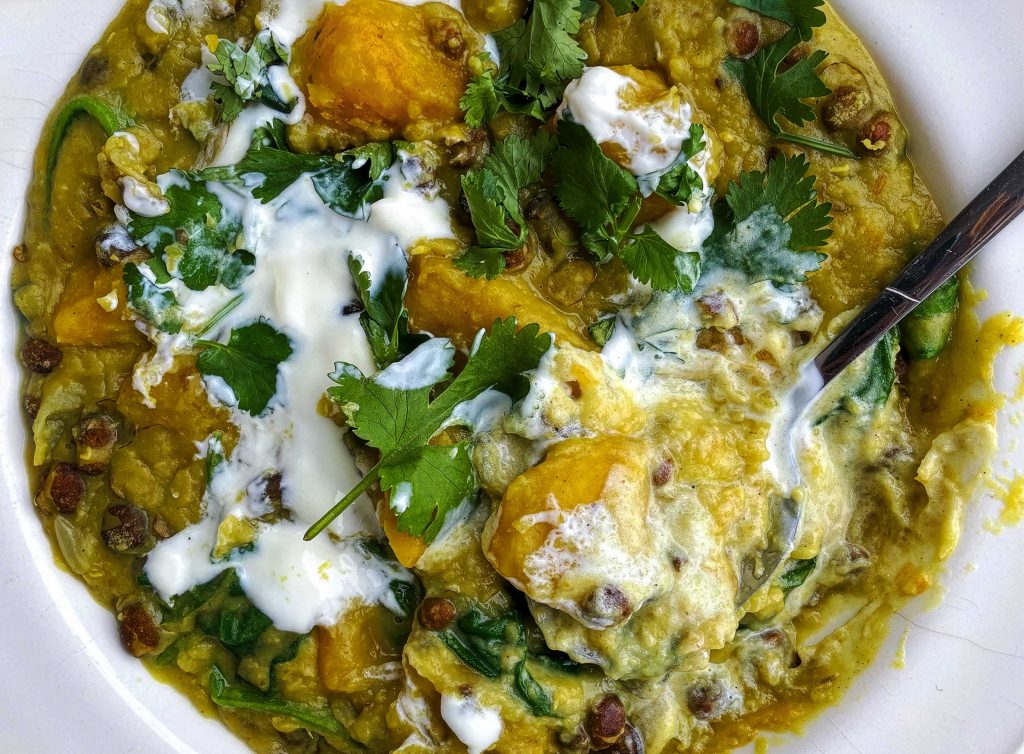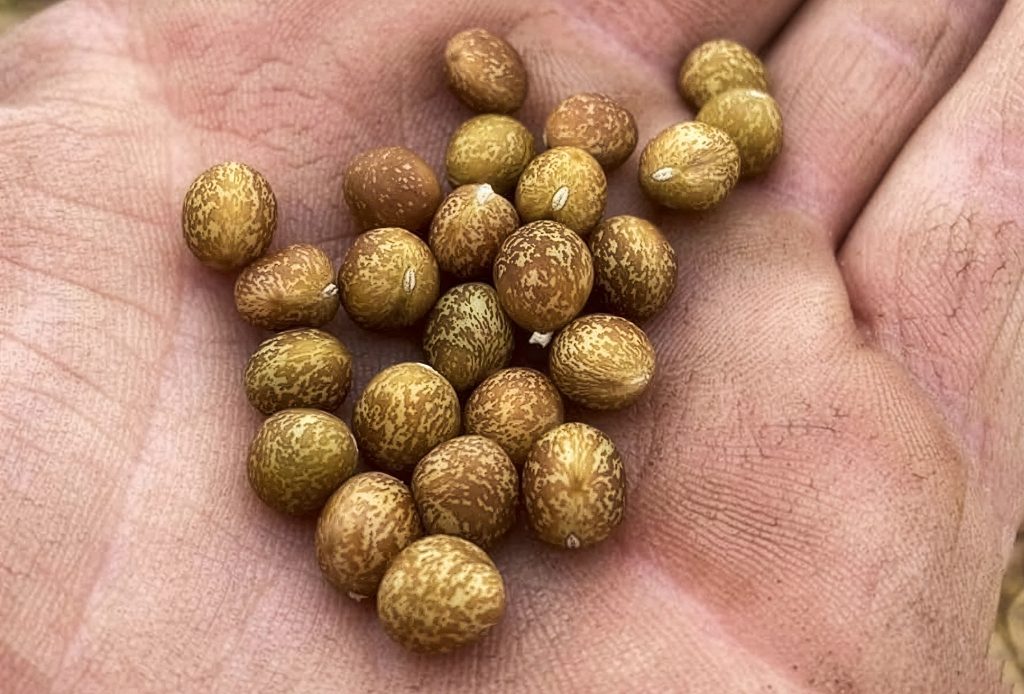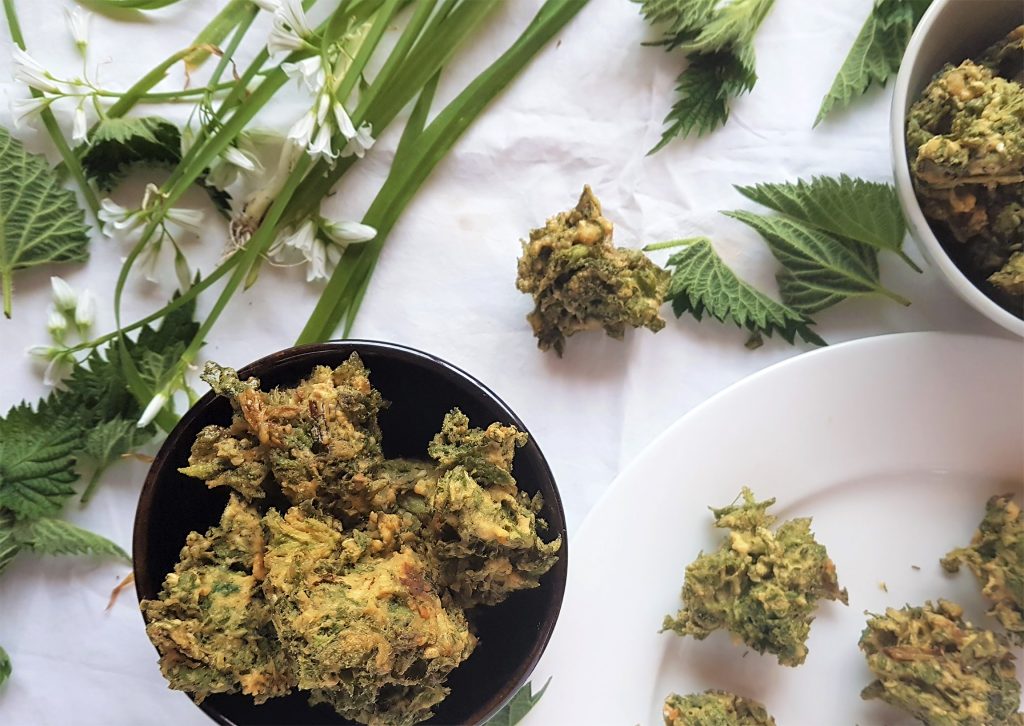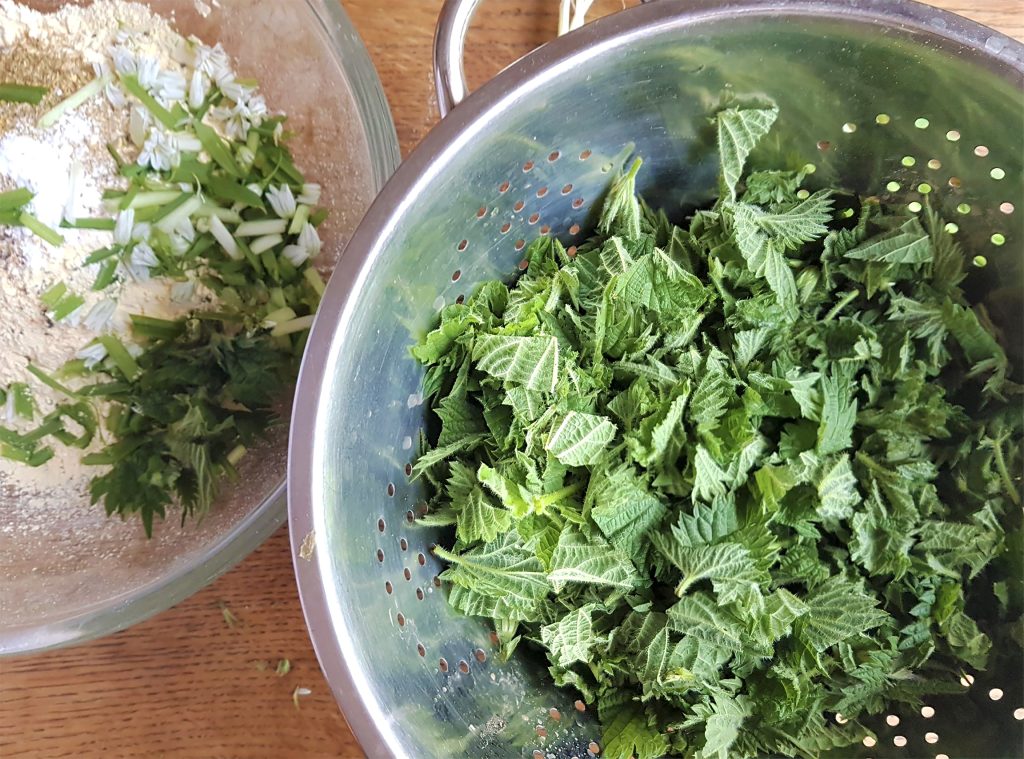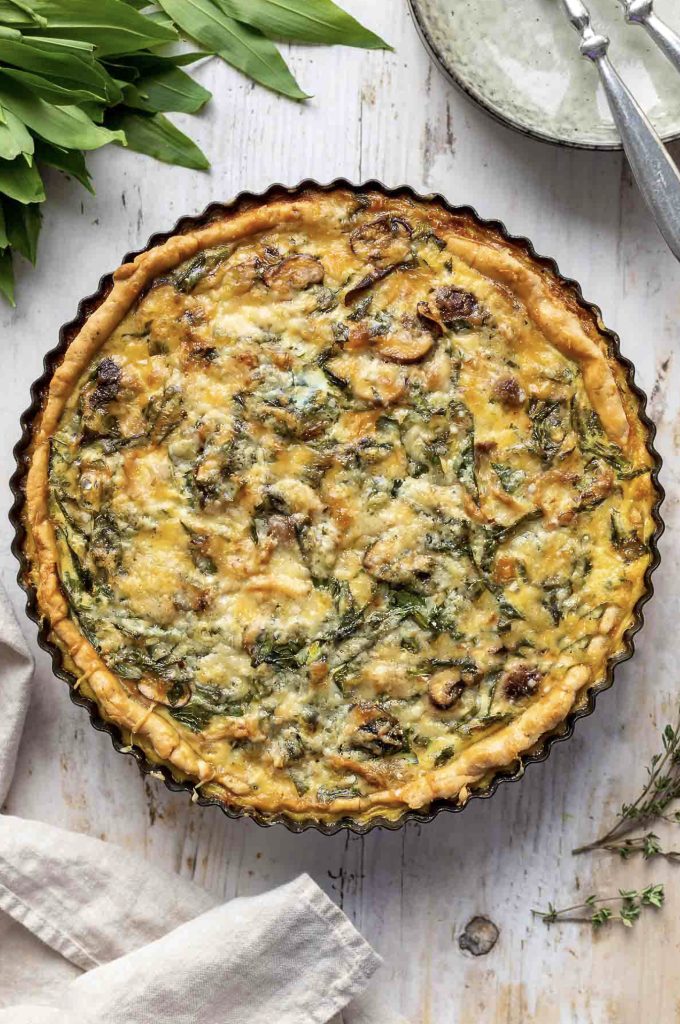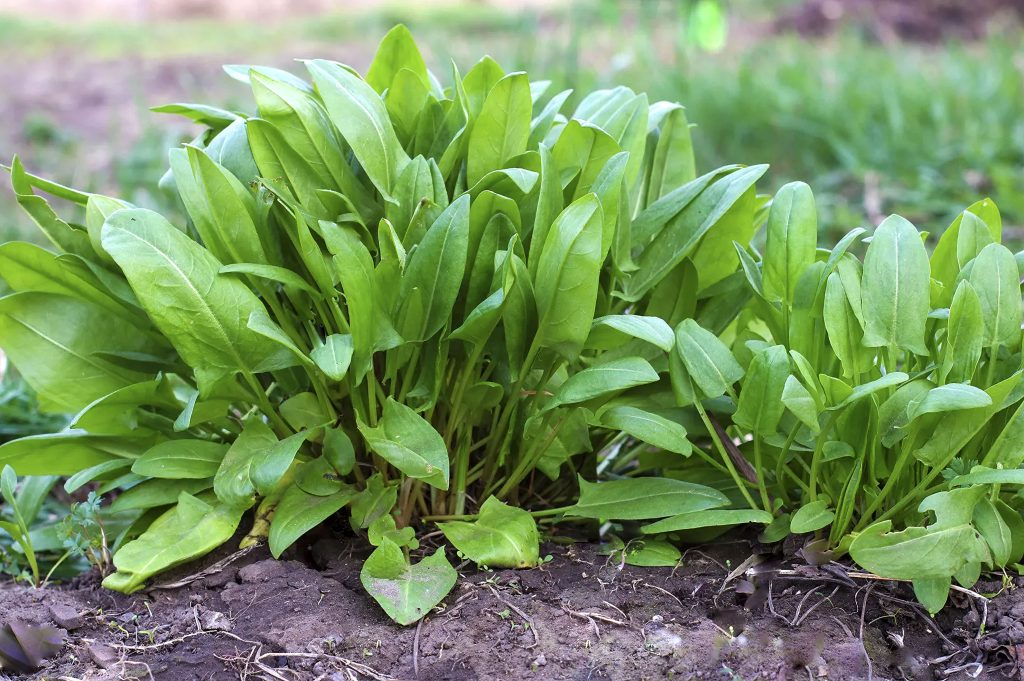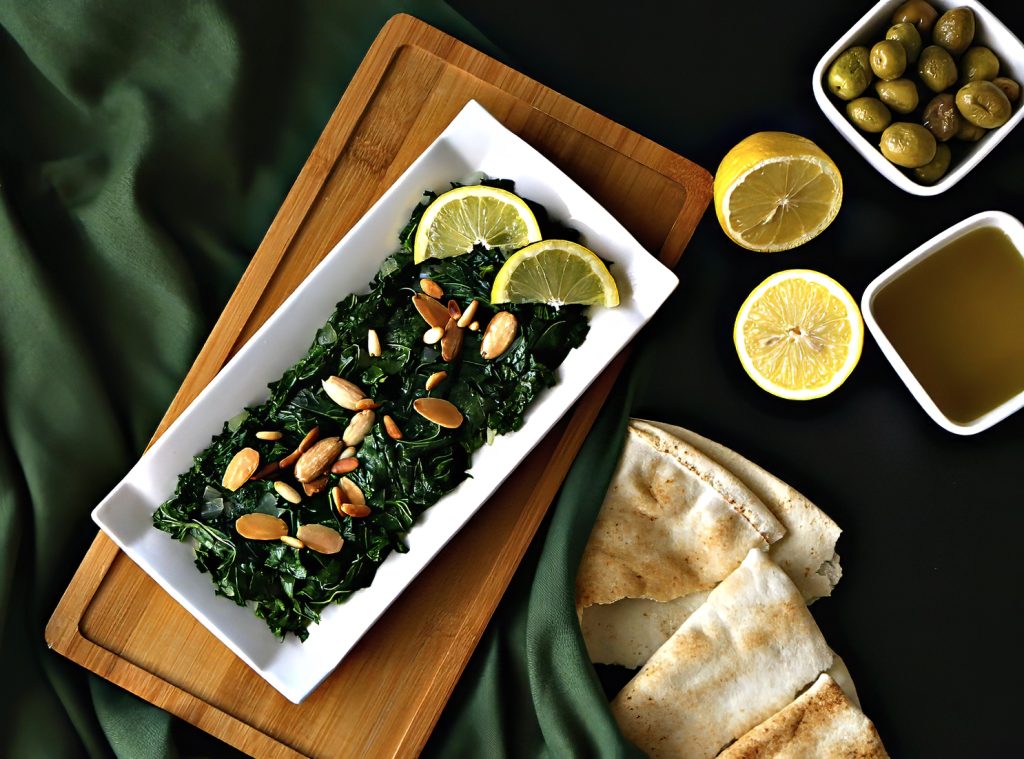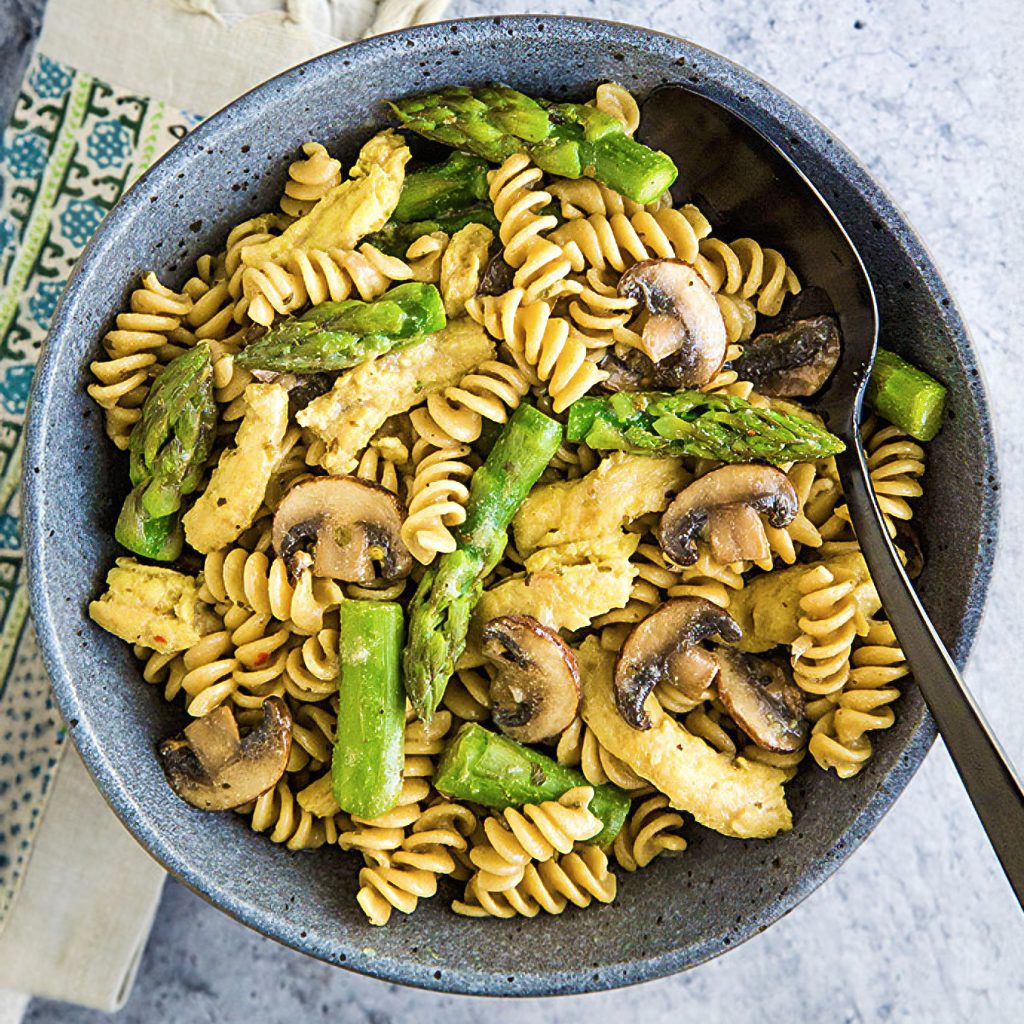Carlin beans—also called Carlin peas, black peas, or parched peas—are small, dark brown maple peas traditionally eaten in northern England, especially Lancashire and Yorkshire. They have a nutty, earthy flavour and a firm texture. Historically, they were cooked and served with vinegar and pepper during “Carlin Sunday,” a regional Lenten tradition. Today, they’re enjoyed in stews, salads, and hearty side dishes, valued for being high-protein, inexpensive, and very filling.
A bowl of pumpkin and Carlin pea spiced dhal is like stepping into a warm glow after walking through icy dusk—an embrace of colour, scent, and slow-cooked comfort. The moment the spoon breaks its surface, steam curls upward in soft, fragrant ribbons, carrying with it the earthy sweetness of pumpkin and the deep, nut-brown aroma of Carlin peas. These humble peas, with their firm bite and woodsy character, anchor the dish like little embers scattered through a golden-orange sea. The dhal thickens around them, velvety and luminous, a tapestry woven from simmered pulses, softened pumpkin, and spices blooming in oil.
On a winter evening, the air outside feels sharp, almost metallic, but inside the kitchen there is warmth that pulses gently from stove to fingertips. Mustard seeds crackle in a pan like tiny sparks. Cumin unfurls its warm breath. Turmeric glows amber, and coriander whispers citrusy brightness. When the garlic sizzles and the ginger releases its rising heat, the spices mingle into a kind of edible perfume—one that fills the whole room, drifting into corners, clinging to wool scarves and sleeves.
The pumpkin softens into buttery chunks, some melting into the dhal to add body, others holding their shape like sweet lanterns. The Carlin peas resist just enough, giving each mouthful a rhythm—soft, then firm, then soft again. A swirl of coconut cream brings a mellow richness, while a final squeeze of lime brightens the shadows of spice. Fresh coriander leaves scatter across the top like green flecks of winter hope.
Eating it is a slow, warming ritual: hands around the bowl, heat radiating into palms; the first taste spreading warmth down to the chest; the spices blooming wider with every bite. Outside, the world may be frost-bitten and quiet, but this dish creates its own weather—an inner fire, steady and glowing, the kind that turns a cold night into something gentle, human, and deeply, deliciously alive.
- 2 medium onions, diced
- 3 cloves of garlic, finely chopped
- 1 knob of ginger, grated
- 750g pumpkin or squash, peeled and chopped into medium chunks
- 1 jar of Queen Carlin Peas with their bean stock
- 1 tbsp cumin seeds
- 1 tbsp curry powder
- 1½ tsp turmeric
- 250g split red lentils
- 1 x 400g can of full fat coconut milk
- 700ml veg or chicken stock
- The juice of ½ lime
- TO SERVE
- Greek yoghurt - Or vegan alternative
- 1 small bunch of fresh coriander, leaves roughly chopped
- Lime wedges
- Nigella or sunflower seeds
- Mango chutney (optional)
- Naan or rice
- Heat one tablespoon of olive oil over a medium heat and add the onions with a pinch of salt. Once the onions are slightly browned (roughly 7-8 minutes), add the ginger and garlic and cook for a further 2 minutes.
- Add the cumin, curry powder and turmeric with the chunks of pumpkin and red lentils. Toss the lentils and pumpkin to coat in the spices.
- Add the jar of Queen Carlin Peas with their bean stock, the coconut milk and veg stock. Cover and simmer the dhal for 30-40 minutes, until it becomes thick and starchy and the pumpkin is soft, stirring every so often to stop the lentils from sticking to the bottom of the pan. Add water if it becomes too dry.
- Once the dhal is nearly cooked, squeeze in the lime juice and check for seasoning.
- Spoon the dhal into bowls. Top with a dollop of yoghurt, fresh coriander and a squeeze of lime. Add some mango chutney for sweetness too, if you like. Serve with rice or naan for something heartier.
